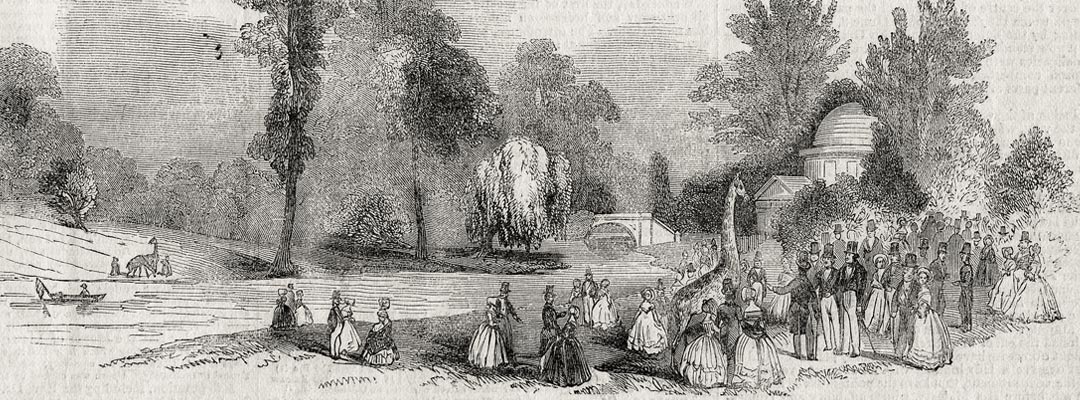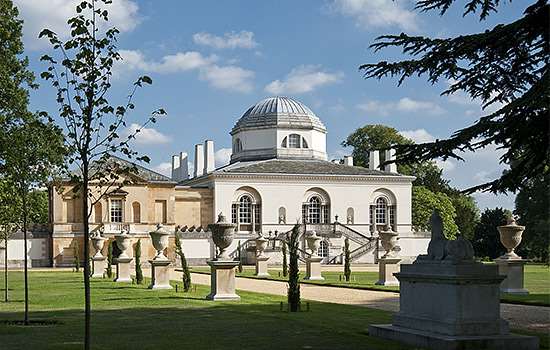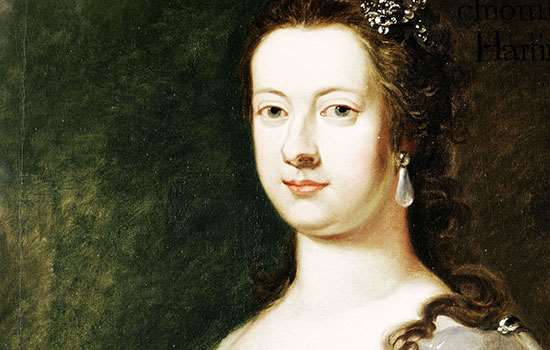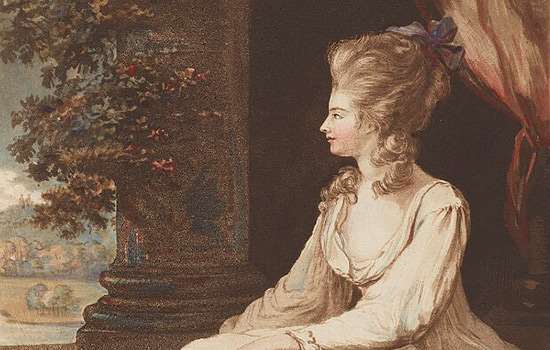An Emperor and an Aristocrat’s Menagerie
How the 19th-century menagerie at Chiswick House in west London was part of a wider tradition of keeping exotic creatures on aristocratic estates.

AN ELEPHANT AT CHISWICK HOUSE
‘Where is the elephant?’, Emperor Nicholas I of Russia asked the 6th Duke of Devonshire when he arrived at Chiswick House, the duke’s neoclassical villa, on a sunny day in 1844.
The fame of Sadi, the duke’s Indian elephant, had spread far and wide – but the emperor was 16 years too late. Until her death in 1828, however, she had been the undoubted star of the menagerie the duke kept in his extensive gardens at Chiswick, where he liked to entertain on a grand scale.
EXPENSIVE GIFT
Elephants were easy to obtain, or so the aptly named Library of Entertaining Knowledge informed its readers in 1829. Easy, that is, if one was prepared to pay the enormous price of one thousand guineas, as George Wombwell did for his famous travelling menagerie.
The Duke of Devonshire, who could easily have afforded this, did not have to go to any such expense. He had been asked by ‘a lady of rank’ what she should send him from India. ‘Oh, nothing smaller than an elephant’, the duke laughingly responded. Much to his surprise, after a few months ‘a very handsome female of the species’ was consigned to his care at Chiswick.
Sadi was given a spacious paddock and a large well-ventilated house in Chiswick’s grounds, to the north of the Classic Bridge.
NOBLE TRADITION
Although she caused a sensation, Sadi was by no means the first elephant to arrive on England’s shores. In 1256 Louis IX of France had presented Henry III with an elephant. It was one of many animals given to members of the royal family that found a home in the Tower of London menagerie, which was still flourishing in the late 1820s.
From the 15th century onwards exotic creatures also roamed aristocratic estates. In the first half of the 19th century antelope and bison were among the 94 species of mammals at Knowsley Hall near Liverpool, the home of the 13th Earl of Derby.
The Chiswick menagerie was a small collection by comparison, but Sadi’s fellow residents included elks, emus, kangaroos, monkeys, an Indian bull and cow, and a Neapolitan pig.
TRUNK TRICKS
When the 6th Duke hosted his lavish parties at Chiswick House, the animals, and particularly Sadi, certainly made an impression on his guests.
The writer Sir Walter Scott was one of those who attended a breakfast at Chiswick in 1828 and saw Sadi in all her magnificence, as she ‘wandered up and down, giving an air of Asiatic pageantry to the entertainment’. She was also trained to perform tricks, using her trunk to open a soda-water bottle or to hold a broom and sweep the paths.
BREAKFAST SHOW
Although Sadi had died long before the duke’s most elaborate celebration, for Emperor Nicholas I of Russia and 700 members of the British nobility, there was some remarkable compensation in store.
As his guests breakfasted in Chiswick’s Summer Parlour, which had been transformed into a tent for the occasion, some equally exotic, long-necked visitors could be glimpsed from the windows. Out in the gardens, four giraffes wandered by the water’s edge, escorted by keepers in Egyptian dress.
The giraffe was rare in English menageries and these animals may have been on loan from Surrey Zoological Society. The Library of Entertaining Knowledge explains that, before a giraffe was given to George IV in 1827, this animal had taken on a mythical status, like ‘the unicorns, and sphinxes’.
Today it is only such mythical beasts, including a lead sculpture of a sphinx, which can be said to call Chiswick House their home.
By Esmé Whittaker
Related content
-

Visit Chiswick House and Gardens
Chiswick House is a glorious example of 18th-century British architecture. The 3rd Earl of Burlington, who designed this elegant villa, drew inspiration from his Grand Tours of Italy.
-

History of Chiswick House
Find out more about the history of this elegant early 18th-century villa, designed by the 3rd Earl of Burlington to showcase his art collections and entertain his friends.
-

Chiswick House Collection Highlights
Explore a selection of Lord Burlington’s original collection as well as complementary paintings, family portraits and views of the house and garden.
-

‘Romantic Female Friendship’ and Chiswick House
Explore the life of Georgiana, Duchess of Devonshire, and the fashion for ‘romantic female friendships’ in 18th-century England.